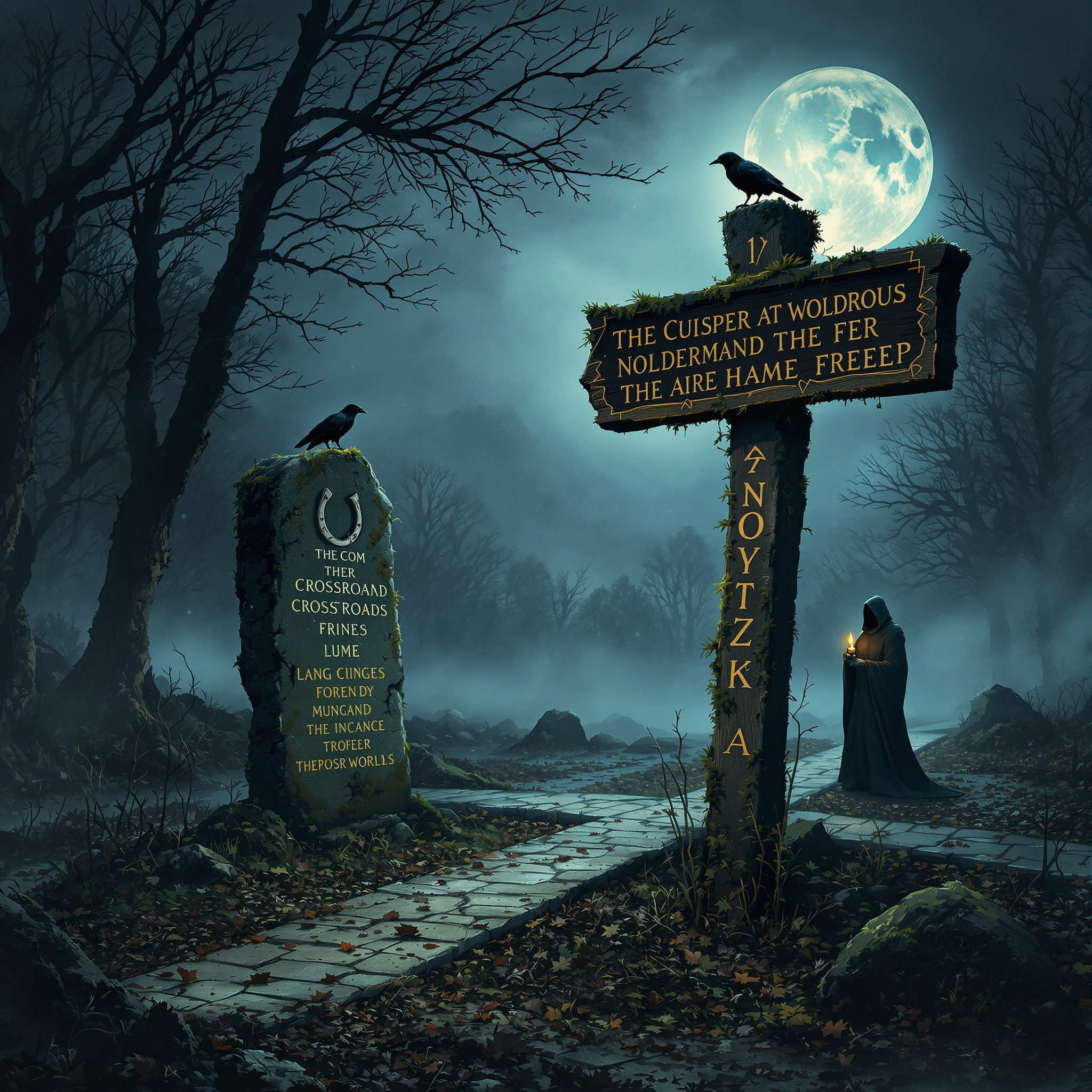This superstition suggests that recording the date of the first snowfall or snowstorm—typically by writing it down in a calendar or journal—can bring about good fortune or financial luck, such as winning a bet, before the end of that winter season. The act is simple: as soon as the first visible and measurable snow occurs, the person notes the full date. While no specific materials are required beyond pen and paper (or, more recently, a digital calendar), the act itself holds symbolic significance. It treats the first snow not just as a weather event, but as a marker tied to fate or fortune. The belief is often practiced without ceremony but is rooted in the idea that natural occurrences can influence human outcomes. Some variations encourage placing the written date under a pillow or keeping it in a coat pocket for added good luck.

A baby’s future career or fate is predicted by the first object they select during a ceremonial setup.
In several Asian and Eastern European cultures, a traditional ceremony is held for babies usually around their first birthday. Known


